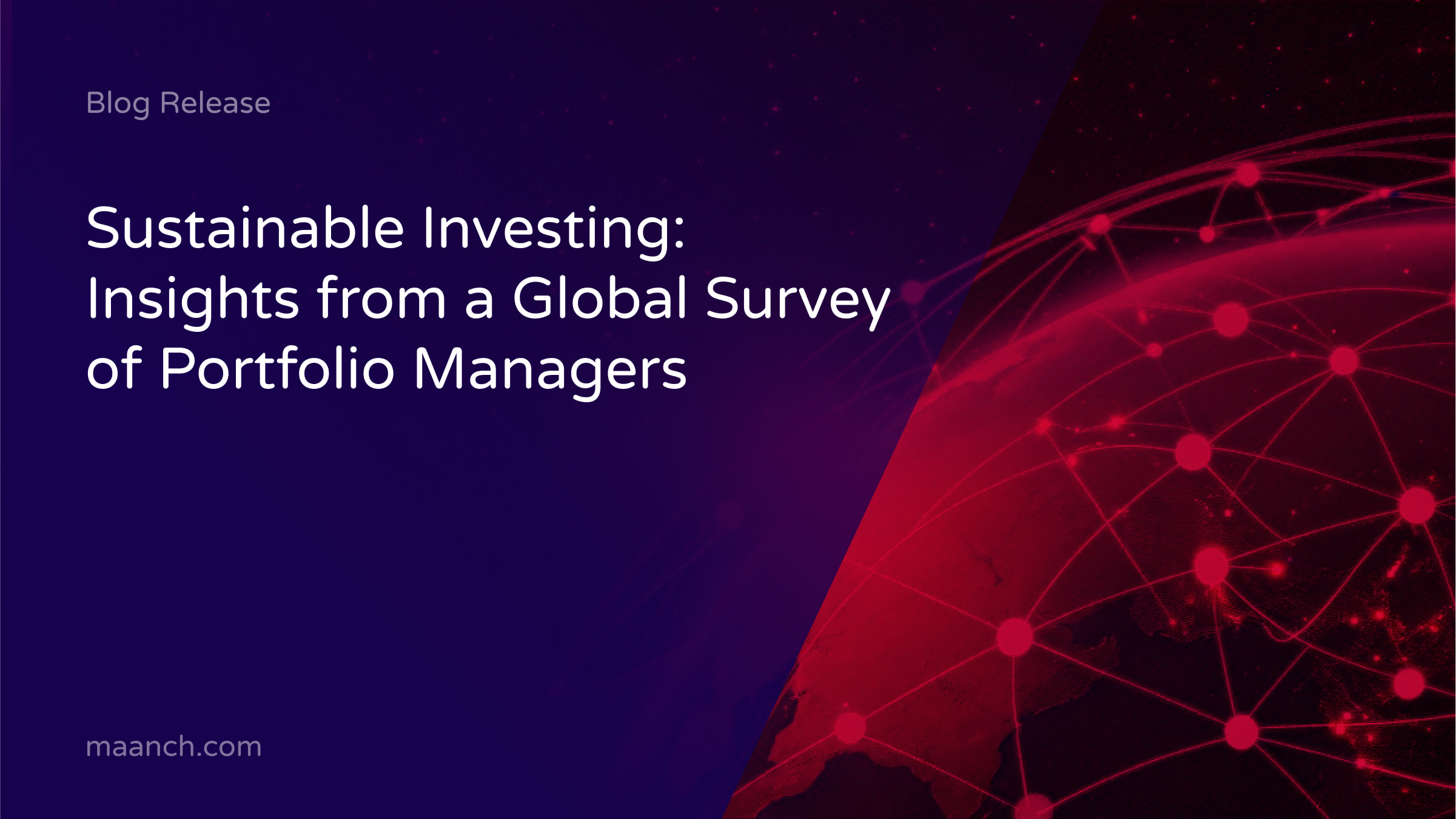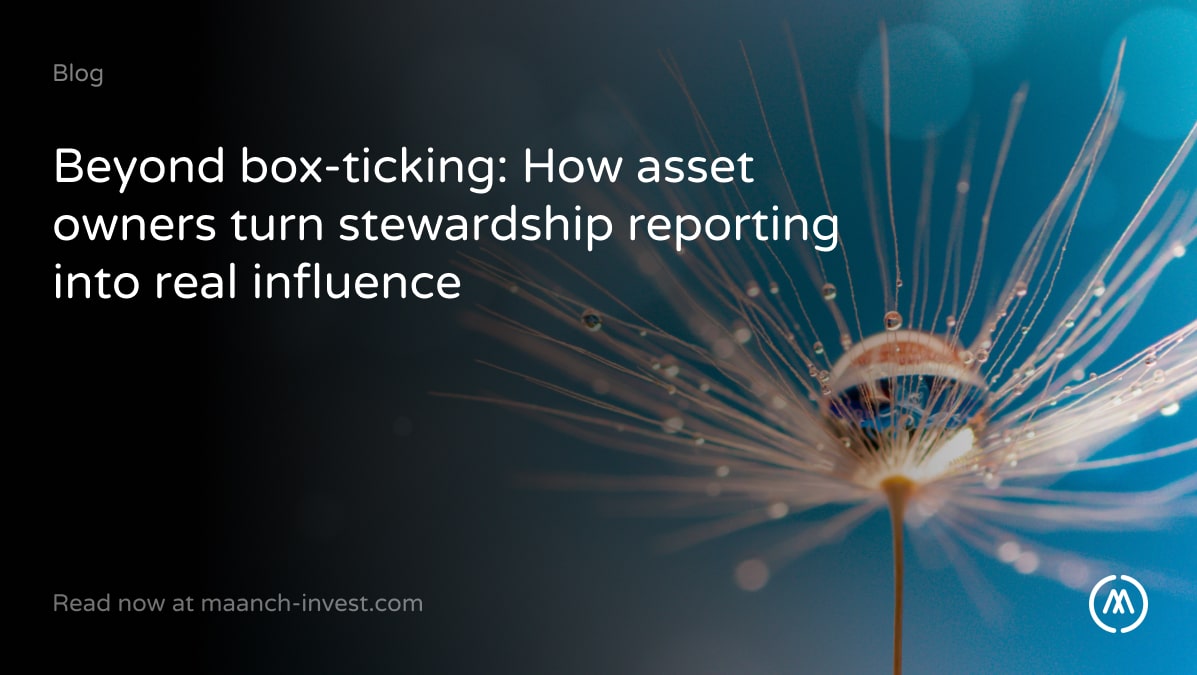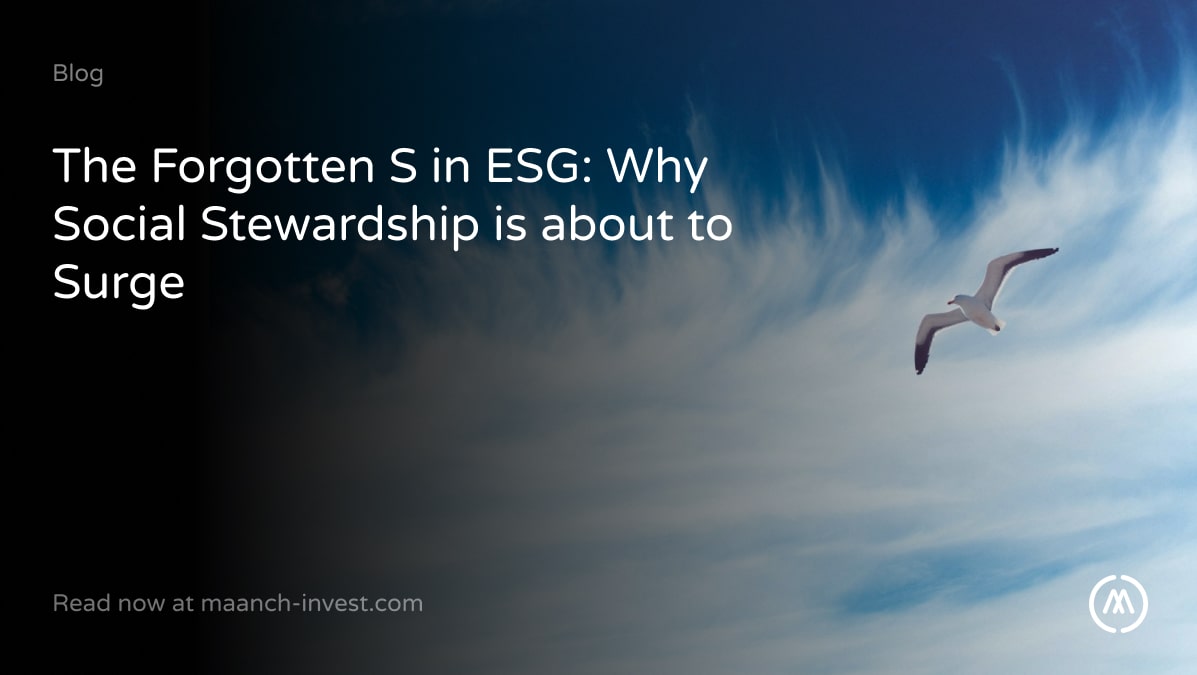A recent paper by Alex Edmans, Tom Gosling, and Dirk Jenter, Sustainable Investing: Evidence from the Field, offers valuable insights into the evolving landscape of sustainable investing (SI). The study explores how environmental and social (ES) performance is influencing stock selection, engagement, and voting decisions. It surveys over 500 equity portfolio managers across both traditional and sustainable funds
Since 2006, when the UN Principles for Responsible Investment (PRI) launched with $6.5 trillion in assets, the Sustainable Investing field has dramatically expanded. By 2023, PRI had 4,841 signatories managing a staggering $121 trillion. However the big question remains: Are these investors genuinely practising sustainable investing or are these empty promises?
The findings reveal a complex relationship between financial objectives and sustainability goals. It sheds light on the practical challenges and motivations that shape modern investment strategies.
Key Findings: ES Performance and Financial Returns
One of the most significant findings is that most investors prioritise financial returns over ES performance, even in sustainable funds. About 85% of respondents consider at least one ES issue financially material. However, only 27% of the portfolio managers would tolerate even a slight reduction in financial returns for better ES outcomes. Traditional and sustainable funds alike emphasise fiduciary duty, where sacrificing financial returns is generally not an option.
While the survey points out that ES factors such as employee welfare and consumer health are seen as crucial. Unfortunately there remains a clear trade-off between maximising returns and improving ES performance.
The Complexity of Investor Beliefs:
While ES performance generally ranks lower in importance compared to more traditional value drivers like strategy or operational performance. The survey reveals nuanced beliefs about ES’s role in creating value. Portfolio managers acknowledge that ES issues are interwoven with financial considerations—such as operational efficiency or corporate culture. Yet, they vary in how much importance they attach to them across different industries. Interestingly, 78% of traditional investors believe that certain ES issues are material to long-term firm value. However for the most part, ES performance serves as a secondary factor, helping to avoid downside risks rather than directly driving alpha (excess returns). A notable 45% of traditional investors expect companies with strong ES practices to generate positive alpha. This points to the broader perception of ES as a competitive advantage.
Objectives and Constraints: The Role of Investing Mandates
While many assume that sustainable funds have both financial and ES goals, the survey data complicates this view. Both traditional and sustainable funds operate under various constraints, often imposed by fund mandates or client wishes. For instance, 71% of investors mentioned that such constraints forced them to make stock selection, voting, or engagement decisions that they otherwise wouldn’t have chosen. Interestingly, some of these decisions, while improving ES outcomes, also hurt portfolio returns by limiting diversification or avoiding high-return stocks.
Even within sustainable funds, investors face a balancing act between managing client expectations for strong ES performance and the pressure to maximise financial returns.

Stock Selection and Engagement Practices:
The majority of investors, about 77%, incorporate ES factors into stock selection regularly. Sustainable funds do so primarily due to fund mandates or alignment with client values. While traditional funds are driven by financial considerations. Avoiding downside risks from poor ES performance is a key motivator for both groups. When it comes to voting and engagement, investors are generally reluctant to support ES proposals that might harm shareholder value. Only 27% of portfolio managers have voted for proposals that negatively impact returns, emphasising again that fiduciary duty plays a strong role.
Insights from a Stewardship Perspective:
From a stewardship perspective, the survey highlights the need for a more nuanced approach to engagement. While 76% of investors report engaging with companies on ES issues, this engagement is primarily driven by financial considerations. Many investors, especially those with sustainable mandates, are compelled by constraints to engage on ES issues that may not align directly with shareholder value. This reflects a disconnect between stewardship objectives and fiduciary duties. However, effective stewardship requires a balance—engaging not only to manage risks and improve financial performance but also to encourage meaningful progress on sustainability issues. A stewardship approach that allows for more active engagement with ES laggards, rather than simply excluding them from portfolios, could foster long-term improvements in both financial returns and sustainability outcomes. This highlights the importance of customising stewardship strategies to address sector-specific ES challenges and aligning investor-client expectations more effectively.
Conclusion: A Complex Landscape for Sustainable Investing
The survey’s findings suggest that the asset management industry is unlikely to spearhead a revolution in corporate ES performance. Even among sustainable funds, financial returns take precedence, and ES factors are often treated as tools for improving financial outcomes rather than as standalone objectives.
Sustainable investing, as practised today, reflects a blend of financial pragmatism and social responsibility, constrained by fiduciary duties and mandates. This intricate balance of objectives—coupled with nuanced investor beliefs—indicates that the evolution of sustainable investing is far from straightforward.
For researchers, policymakers, and asset owners, understanding the limitations and motivations of portfolio managers is key to shaping the future of responsible investing.
This document provides a rich set of data and insights for anyone interested in the evolving field of sustainable investing. For deeper analysis and academic discussions, reviewing the full study would offer even more context and detail.



